Communication in space: how it works
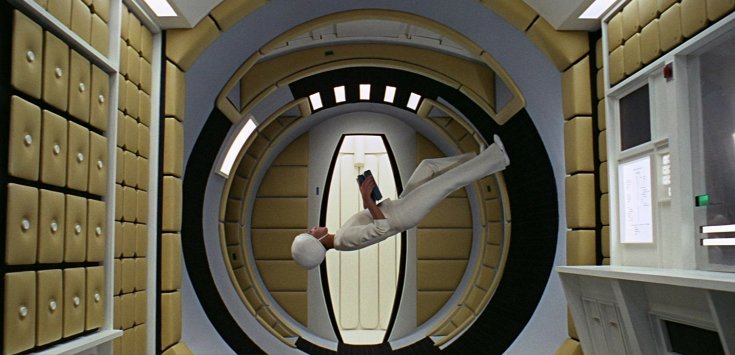
Frame from the film “Space Odyssey 2001” (1968)
Imagine that you need to flip a grain of sand through the eye of a needle from a distance of 16,000 kilometers. Scientists were engaged in approximately the same thing, sending in 2004 to the comet Churyumov-Gerasimenko an interplanetary station “Rosetta”. In 2015, the station and the comet were at a distance of about 265.1 million km from Earth. However, reliable communication allowed Rosetta not only to sit on a comet, but also to obtain the most valuable scientific data.
Today, space communications is one of the most complex and promising areas for the development of communication technologies. Orbital satellites have already given us GPS, GLONASS, global accurate digital maps, Internet and voice communications in the most remote areas of the Earth, but we are looking further. How does space communications work now and what does the future hold for us?
The Rosetta Path
')
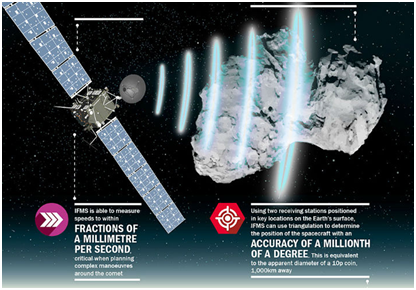
The basis of the ground station infrastructure used during the Rosetta mission was the Intermediate Frequency Modem System (IFMS) computer system developed by BAE Systems. In addition to deciphering 350 gigabytes of data transmitted by the station, the system allowed us to accurately calculate the position of the spacecraft, acting as a GPS for the solar system.
The IFMS system received and transmitted signals throughout the 10-year mission and accompanied the station about 800 million kilometers. IFMS allows you to measure the speed to the nearest millimeter per second, and the position of the spacecraft with an accuracy within a meter at any point in the solar system.
The IFMS modules are located at ground stations of the European Space Agency (ESA), upgraded more than 20 years ago to better receive radio signals from spacecraft. Instead of analog processing — tuning for signal, filtering, and demodulation — a new (at that time) technology allowed the raw signal to be converted into digital form, from which the software extracted the necessary information.
After the conversion, most of the post-processing of the signal is performed using an FPGA microchip (user-programmable gate array, field-programmable gate array, FPGA). They consist of logical blocks that can be connected in parallel to perform calculations. This allowed us to develop complex algorithms to maintain a high level of noise reduction and stability of signals from space.
To mars and back
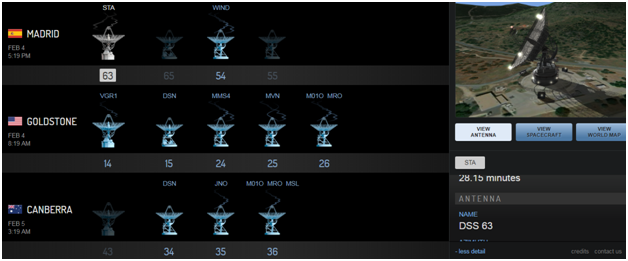
Antenna Ground Network Deep Space Network (DSN)
Most satellites provide radio communications as repeaters, but to communicate with interplanetary spacecraft requires a more advanced system consisting of large antennas, super-power transmitters and ultra-sensitive receivers.
The data link to Earth is very narrow - for example, a DSS (Deep Space Stations) parabolic antenna near Madrid receives data at a speed of 720 Kb / s. Of course, the rover transmits only 500-3200 bits per second through a direct channel, but the main channel passes through the orbital satellite of Mars - about 31 MB of data per day from the rover, plus more data obtained from measuring sensors of the satellite itself.
Communication at a distance of 55 million kilometers is supported by the international network of radio telescopes and communication facilities Deep Space Network. DSN is part of NASA. In Russia, in order to communicate with distant spacecraft, use the famous Eastern Center for Remote Space Communication, located near Ussuriysk.
Today, DSN unites three ground bases located on three continents - in the USA, Spain and Australia. The stations are separated from each other by about 120 degrees of longitude, which allows them to partially overlap each other's areas of operation.
The Mars Odyssey satellite, the longest-running spacecraft ever sent to Mars, communicates with DSN using a high gain antenna at a frequency of 8406 MHz. Reception of data from the rovers is conducted on the UHF antenna.
Roaming in the Solar System

DSS-63
Mars is far from the only place in the universe with which we need to keep in touch. For example, interplanetary probes were sent to Saturn and Titan, and Voyager-1 generally flew 20 billion kilometers from Earth.
The further the interplanetary stations fly away from us, the more difficult it is to catch their radio signals. We are not yet able to place orbital satellites throughout the solar system, so we are forced to build huge parabolic antennas.
Take, for example, the Madrid complex of remote space communications. The main parabolic antenna of the DSS-63 complex has a mirror with a diameter of over 70 meters and a weight of 3.5 thousand tons. To track the probes, the antenna rotates on four ball bearings weighing one ton each.
The antenna not only receives the signal, but also transmits. And although the trajectory of the movement and rotation of the Earth has long been calculated and recounted, to find a small object in space in order to accurately send a huge antenna to it is a very difficult task.
To search for distant objects using radio triangulation. The two ground stations compare the exact angle at which the signal hits the antenna mirror at different time intervals, and thus the distance to the object and its location is calculated.
Centers for remote space communications
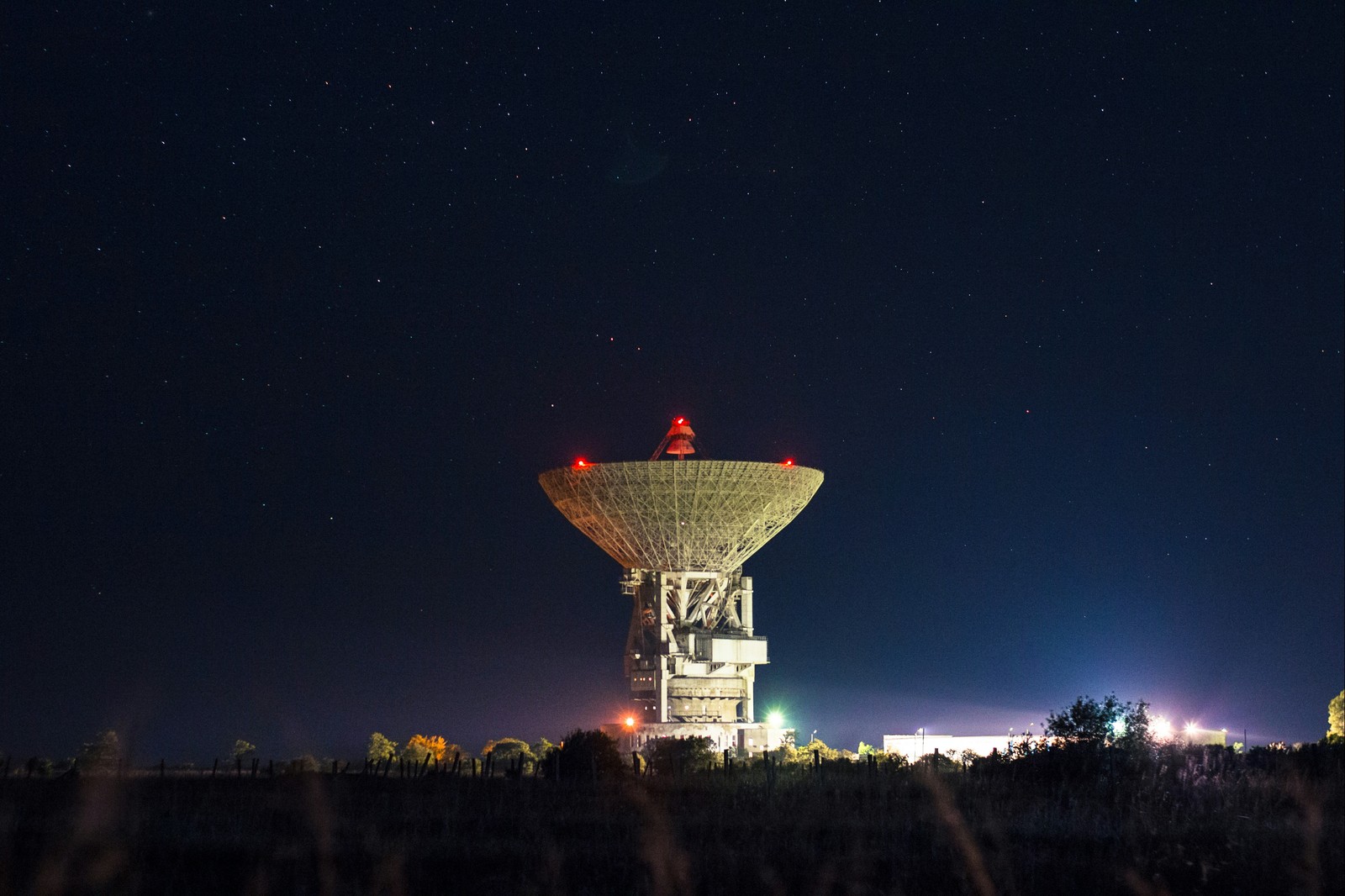
Development in the 50s. The first Soviet intercontinental ballistic missile (ICBM), the R-7, equipped with a radio control, confronted its creators with a difficult task - it was necessary to build a large network of measuring stations that could determine the speed and correct the missile flight.
To support the launches of the first satellites, the equipment originally created for testing a ballistic missile was upgraded and placed in scientific measurement points (NPC). With them, the transfer of commands to the spacecraft.
Dozens of NPCs have been built in the country. Part of the measuring equipment placed on special ships of the Navy. The ships participated in the testing of all types of Soviet ICBMs, artificial satellites and automatic interplanetary stations, provided all developmental and regular near-earth and lunar flights of Soviet spacecraft.
After the collapse of the USSR, the ships of the measuring complex with rare exceptions were destroyed. However, other objects important for space communications have survived. For geographical reasons, the most important command and measurement points were created in the Crimea (the 16th NPC - Western Center for Deep Space Communications) and in the Primorye Territory (the 15th NPC - East Center for Remote Space Communications, known as the Ussuriysk facility ).
The Western Center in Evpatoria received and processed information from the first automatic station "Luna", maintained contact with interplanetary stations of the "Venera", "Mars", "Echo" series, operated devices in many other projects.
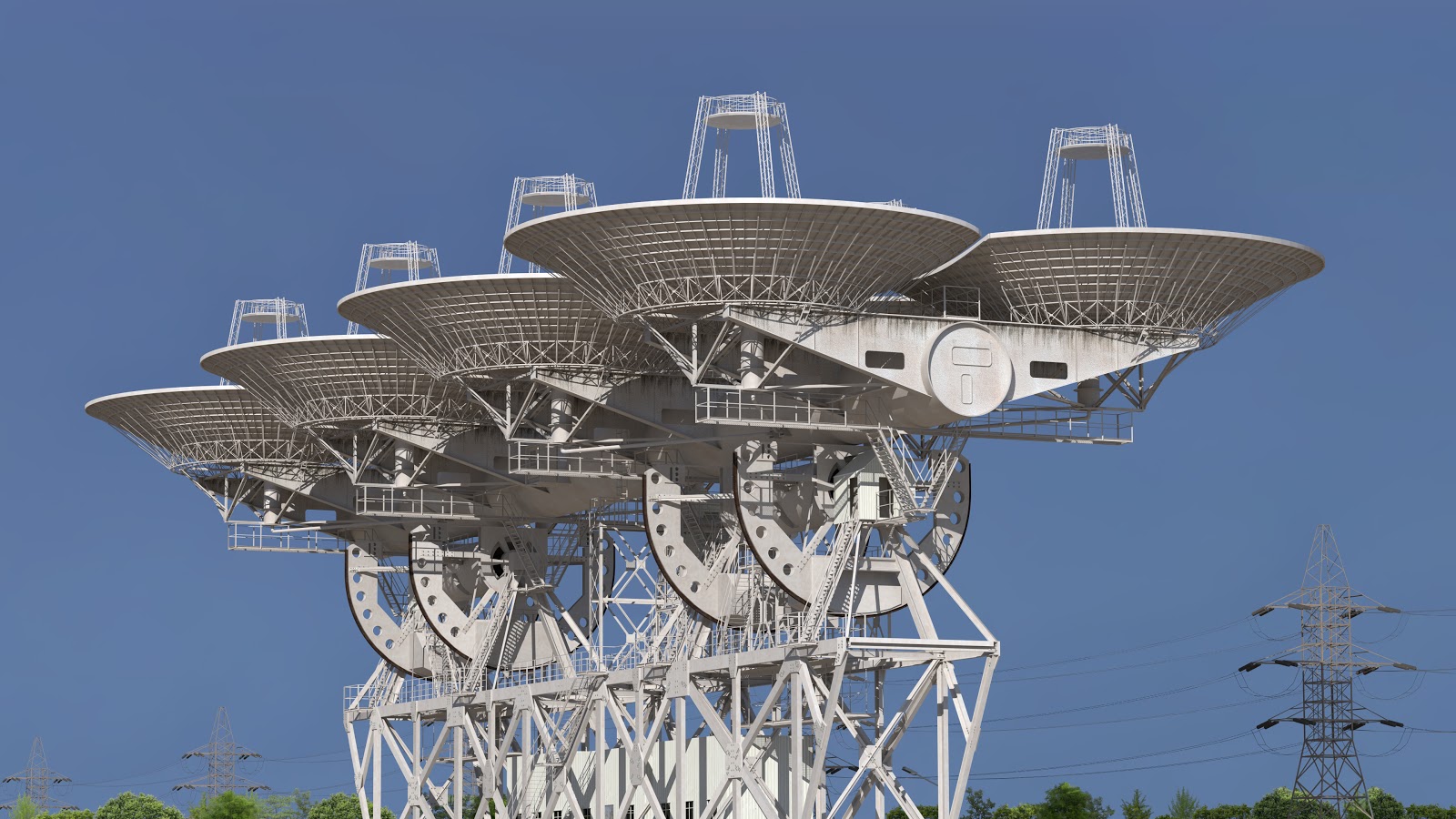
The main object of the Center is the ADU-1000 antenna with 8 parabolic mirrors with a diameter of 16 meters.
The Ussuriisk facility was created in 1965 as a result of the transfer of the Radio-electronic part of the military space forces in the area of the village of Galenki, 30 km north-west of Ussuriysk. In 1985, one of the world's largest antennas was built here - the RT-70 with a mirror diameter of 70 m (the same antenna is also located in the Crimea).
RT-70 continues to operate and will be used in the most promising developments in the country - in the new Russian lunar program, starting in 2019 (the Luna-25 project), and for the only 15-year project of orbital X-ray astronomy for the next 15 years, Spectrum-X-ray -Gamma".
Maximum speeds
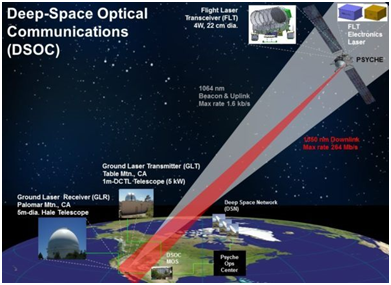
The operation of the device Deep Space Optical Communication.
Now there are about 400 commercial communication satellites in Earth orbit, but in the near future there will be much more. ViaSat has announced a joint project with Boeing to launch three new-generation satellites, the capacity of which will be more than 1 Tbit / s is more than the capacity of all working satellites taken together for 2017.
ViaSat plans to provide Internet access at a speed of 100 Mbps worldwide at a frequency of 20 GHz, using phased antenna arrays, as well as multi-point data transmission systems.
SpaceX plans to launch more than 12,000 communication satellites (30 times more than all flying today) into orbit in 2019, which will operate at 10.7-18 GHz and 26.5-40 GHz.
As you can imagine, you need to control the entire orbital constellation of satellites in such a way as to prevent the apparatus from colliding. In addition, projects are being considered to create channels of communication with all artificial objects of the solar system. All these requirements force engineers to speed up the deployment of new channels.
Interplanetary telecommunications in the radio frequency spectrum have increased by eight orders of magnitude in bandwidth since 1960, but we still do not have enough speed to transmit images and high-definition video, not to mention communication with thousands of objects at the same time. One of the promising ways to solve the problem is laser coupling.
For the first time, a space laser connection was tested by Russian scientists on the ISS on January 25, 2013. In the same year, a two-way laser connection system between the Moon and the Earth was tested on the Lunar Atmosphere and Dust Environment Explorer. It was possible to achieve a data transfer rate of 622 Mbit / s from the device to the ground station, and 20 Mbit / s from the ground station to the device located at a distance of 385,000 km from the Earth.
In the future, the Laser Communications (LASERCOM) project will be able to resolve the issue of communications in near-Earth space, the Solar System and, possibly, in interstellar missions.
Laser communication in deep space will be tested during the Psyche mission. The probe starts in 2022, and in 2026 it will reach the metal asteroid 16 Psyche. Special Space Deep Space Optical Communications (DSOC) equipment will be installed on board the probe to transfer more data. DSOC should improve the performance and communication efficiency of spacecraft by 10-100 times compared to conventional means, without an increase in mass, volume, power and spectrum.
It is expected that the use of laser communications will lead to revolutionary changes in future space missions.
Source: https://habr.com/ru/post/350168/
All Articles